What is a marquess, anyway?
Some people find the second most senior peerage title unfamiliar, so this is a brief explainer for the curious
If you asked people to name the five ranks of the British peerage, I’d guess that most would stumble over “marquess”. It doesn’t seem to come naturally to mind, and it is not a common title: there are only extant 33 marquesses who do not also hold a higher title. Yet it is a very senior rank, second only to the dukes, and hardly an innovation. The first marquessate was created in 1385, and the premier marquess in the UK, the Marquess of Winchester, holds a title which dates from 1551. Not many aristocrats survive whose peerages go back to Tudor times.
Perhaps it sounds a rather un-English word. “Duke”, of course, derives from the Latin dux, or leader, originally a military leader in Republican Rome; “earl” comes to us from the impeccably Old English word eorl, a man of noble birth, though it is also cognate with the Old Norse rank of jarl or chieftain; while “baron” (most peers whom we call “Lord X” are actually barons) is a development, through mediaeval Latin and Old French, of the Frankish word barō, meaning man or warrior. “Viscount”, like marquess a relatively unused title, is something of an outlier, evolving from mediaeval Latin vicecomes and Old French visconte, and meaning, simply, “vice-count”. But our peerage has never had counts, only earls (though the wife of an earl is a countess—still with me?), which meant the concept of a viscount never quite fitted into the scheme. Only four surviving viscountcies pre-date the 18th century, and three of those are in the peerage of Scotland.
Lord Melbourne, prime minister 1834 and 1835-41, and himself a viscount, explained the peerage succinctly to Queen Victoria when, in 1838, she noted the large number of peers invited to the imminent coronation. She recorded in her journal:
I spoke to Ld M. about the numbers of Peers present at the Coronation, & he said it was quite unprecedented. I observed that there were very few Viscounts, to which he replied “There are very few Viscounts,” that they were an old sort of title & not really English; that they came from Vice-Comites; that Dukes & Barons were the only real English titles; —that Marquises were likewise not English, & that people were mere made Marquises, when it was not wished that they should be made Dukes.
One note at this point on spelling: over the centuries, both “marquess” and “marquis” have been used, often interchangeably. The latter form is used as a translation of foreign titles like markgraf, marchese and marqués, and is also sometimes used for Scottish titles, especially those which pre-date the Act of Union, but the standard spelling in the British peerage in “marquess” and is (so far as I am aware) used by all those who hold the title.
One other point worth making: I said above that there are 33 marquesses, which is mostly true. However, holders of senior titles in the peerage, from duke downwards, usually hold subsidiary titles in addition to the one by which they are known. For example, the Duke of Wellington holds 13 other titles (some of them in foreign peerages)1. There are 21 marquessates held as subsidiary titles by dukes, and, where these are not the same as the dukedom (e.g. the Duke of Westminster is also Marquess of Westminster) they are used as the courtesy title for the heir apparent to the peerage, like the Duke of Marlborough’s heir bearing the title Marquess of Blandford.
What are marquesses for, then? Melbourne told Victoria that they were given to those whom the sovereign did not wish to make a duke; conversely, when Hugh Grosvenor, 3rd Marquess of Westminster, was advanced to duke in 1874 (the last new ducal title conferred on someone not related to the royal family), it was said that the title was bestowed not because of his service as a Whig MP for Chester but because he was too rich not to be a duke. It does seem a strange half-way house. Of course we no longer grant hereditary peerages outside the royal family—the last was to Harold Macmillan who was created Earl of Stockton in 1984—but when they were in full usage, earldoms were a significant honour, customarily offered to former prime ministers, while dukedoms were rare and reserved generally for the greatest aristocrats of the age (or, in the cases of Marlborough and Wellington, for our greatest military leaders).
It did become the sometime practice in the late 19th and early 20th centuries for former viceroys of India to be given marquessates. This gives us a reminder of how important India was to the power and conception of the British Empire, as well as the extraordinary authority and prestige of the viceroy (literally the “vice-king”, the vice-roi). For that reason we have marquesses of Linlithgow and Reading, and formerly had marquesses of Dalhousie, Ripon, Dufferin and Ava, Curzon of Kedleston and Willingdon. It was also frequently given to those who had served as lord lieutenant (sometimes described as “viceroy”) of Ireland before 1922.
But India was not a guarantee of advancement. Lord Irwin (viceroy 1926-31) inherited the title Viscount Halifax in 1934 and was created an earl in 1944, but, despite having also been foreign secretary, leader of the House of Lords and ambassador to the United States, and coming within a whisker of succeeding Neville Chamberlain as prime minister, he was not favoured with a marquessate. Nor was the title-hungry Lord Louis Mountbatten, uncle of the Duke of Edinburgh and last viceroy of India in 1947. By contrast the viceroy from 1936 to 1943, Lord Linlithgow, had inherited his marquessate in 1908 (from his father who had been granted it for his service as governor-general of Australia!).
The first ever marquess was an odd case. Robert de Vere, 9th Earl of Oxford, was created Marquess of Dublin by Richard II in 1385. Unusually—perhaps uniquely for the time—the title was granted for life rather than in heredity. The following year, the patent for the title was recalled, and de Vere was advanced to Duke of Ireland, the first English use of the title of duke outside the royal family. Again, the award was for life. It did not last: de Vere was closely associated with the young king, and when events started to flow against Richard, his henchman was attainted and sentenced to death in absentia by the Merciless Parliament of 1388, and fled to France.
The Tudor age saw another oddity. In September 1532, Henry VIII was nearing the end of the process of separating the English Church from the jurisdiction of the pope: the Act of Supremacy 1534 would seal the deal and establish the king as supreme head of the church. Henry had by this stage been enamoured of Anne Boleyn for six years, as far as we know without physical consummation, but she was already a figure at court and influential in her own right. The king created her Marquess of Pembroke, a significant choice as the lands and title of earl of Pembroke had been held by Henry’s great-uncle, Jasper Tudor. There is some confusion as to whether the title Anne was given was the male or female form. In Tudor orthography, she was styled “marquess” or “lady marquess”, while male holders of the (relatively new) title were “marquys” or “marquoys”, though occasionally “marquess”; their wives were “marquesse”, “marquisess” or, unhelpfully, “marquess”. So perhaps it was a female style, or perhaps, more noticeably, she was granted the male style.
There have been some famous marquesses. Probably the most prominent is the 3rd Marquess of Salisbury, Conservative prime minister three times (1885-86, 1886-92, 1895-1902) and the great foreign policy expert of his age. He was formidably intelligent but forgetful; it is said that he sometimes failed to recognise members of his own cabinet. Two of his sons became cabinet ministers while another was a Member of Parliament then provost of Eton, his grandson, the 5th Marquess (“Bobbety”), was a titan of the Conservative Party from the 1930s to the 1960s, and his great-great-grandson, the current Marquess, was (as Viscount Cranborne) leader of the House of Lords from 1995 to 1997 and negotiated the terms of the House of Lords Act 1999 with Tony Blair, saving 92 hereditary peers in the “interim” reformed house. The title had been created in 1789 for the Earl of Salisbury, descended from Elizabeth I’s long-serving and brilliant chief minister William Cecil, Lord Burghley. (The name is pronounced “Sissill”, if you want to seem au courant.)
Another notable bearer of the rank was the 7th Marquess of Bath, who died two years ago. You will know of him: he was a sort of superannuated hippie who ran the family estate at Longleat and described his sexual partners as “wifelets”. I confess I always found him rather unappetising. It wasn’t just the attention-seeking sexual licence but the self-conscious eccentricity of dress, speech and habits. Everything seemed rather too contrived, as if he had been charged with playing a dotty English milord. Perhaps his kind of oddness and free-living was never likely to appeal to me, though I do like the story that he was asked as a young child by a footman at Longleat what he wanted to be when he grew up. He responded “Lord Bath, of cours”. It’s a good line. Bath was succeeded by his eldest son, Ceawlin, whose wife Emma is the first mixed-race marchioness in British history.
I must also mention the 3rd Marquess of Bute, who was rector of the University of St Andrews, my alma mater, from 1892 to 1898. He scandalised the Victorian establishment by converting to Catholicism in 1868 (being confirmed by Pius IX, no less), and was a prominent philanthropist: he donated generously to St Andrews, providing a new home for its medical school and paying for its first female lecturer, and his Cardiff Castle is one of the best examples of the Victorian Gothic Revival. He also substantially remodelled his seat, Mount Stuart House, on the Isle of Bute. He could, it should be said, afford it. Bute owned huge estates, including large portions of Cardiff and rich seams of coal. His income was around £400,000 a year and he was estimated to be the richest man in the world. His descendant the 7th Marquess, who died last year, was a professional racing driver; as “Johnny Dumfries”, he was Ayrton Senna’s team-mate at Lotus in Formula 1 in 1986, and won the Le Mans 24 Hours in 1988.
The most famous of current marquesses, perhaps, and we are placing some strain on the word “famous”, is hardly known by his title at all. The politically aware among you—which, realistically, is most of you—will remember the Conservative MP Michael Ancram. He was a minister at the Scottish Office from 1983 to 1987, then at the Northern Ireland Office from 1993 to 1997, after which he served in the shadow cabinet from 1997 to 2005, and, inexplicably, stood for the leadership of the Conservative Party in 2001. Predictably he was unsuccessful, though he emerged with the consolation prize of the deputy leadership. He is remarkable in a number of ways. He was an MP for three wholly separate constituencies: Berwickshire and East Lothian, February to October 1974; Edinburgh South, 1979 to 1987; and Devizes, 1992 to 2010. He is an accomplished guitarist, playing folk songs at Conservative Party conferences over the years. And he was not “Mr Ancram” at all but Michael, Earl of Ancram, a courtesy title he abandoned as an advocate because juries were confused by the judge calling him “my lord”. In 2004, he succeeded his father as 13th Marquess of Lothian, but remained in the House of Commons as an hereditary peer, before being sent to the House of Lords with the life peerage of Lord Kerr of Monteviot in 2010. Although he sits as a baron, he is referred to by his senior title of marquess, and he is currently the only one in the Lords.
One last marquess worth mentioning is the 7th Marquess of Cholmondeley. From 1990 until the death of Elizabeth II, he was lord great chamberlain, one of the great officers of state2, who has charge over the Palace of Westminster and holds the right to dress the sovereign on coronation day. The office of lord great chamberlain is hereditary but held in gross, that is, they can be split between heirs and heiresses. As a result, deducing who is next to hold it (the office changes at the death of the sovereign) can be quite a task. Along with the earl marshal, the lord great chamberlain is an ex officio member of the House of Lords. Lord Cholmondeley’s seat is Houghton Hall, and he has worked in the film industry. His wife, Rose, is said to be a close friend of the Prince of Wales. (It is, of course, pronounced “Chummley”.)
So there we have the peculiar rank of marquess. More than an earl, not quite a duke. It has rarity value, and its holders are styled “The Most Honourable”, a step up from “The Right Honourable” for peers and privy counsellors. One could live a blameless life and never encounter a marquess, nor even think about one (I think I have only encountered two, both in a professional context). But if ever you see the title, and think it looks unfamiliar or intriguing, perhaps this has anticipated some of the questions you might have had.
Oh all right, if you insist: Marquess of Wellington, Marquess Douro, Earl of Mornington, Earl of Wellington, Viscount Wellesley, Viscount Wellington, Baron Mornington and Baron Douro, as well as Prince of Waterloo (Netherlands), Duke of Cuidad Rodrigo (Spain), Duke of Victoria, Marquess of Torres Vedras and Count of Vimeiro (Portugal).
I know you’re testing yourselves. Lord high steward, lord high chancellor, lord high treasurer, lord president of the Council, lord privy seal, lord great chamberlain, lord high constable, earl marshal, lord high admiral. These are to be distinguished from the “great offices of state”, the cabinet posts of prime minister, chancellor of the exchequer, foreign secretary and home secretary.
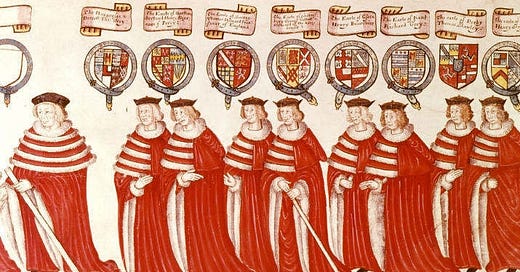



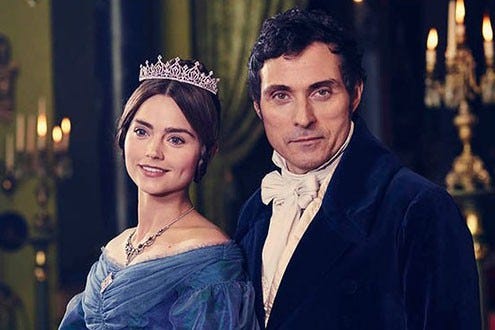
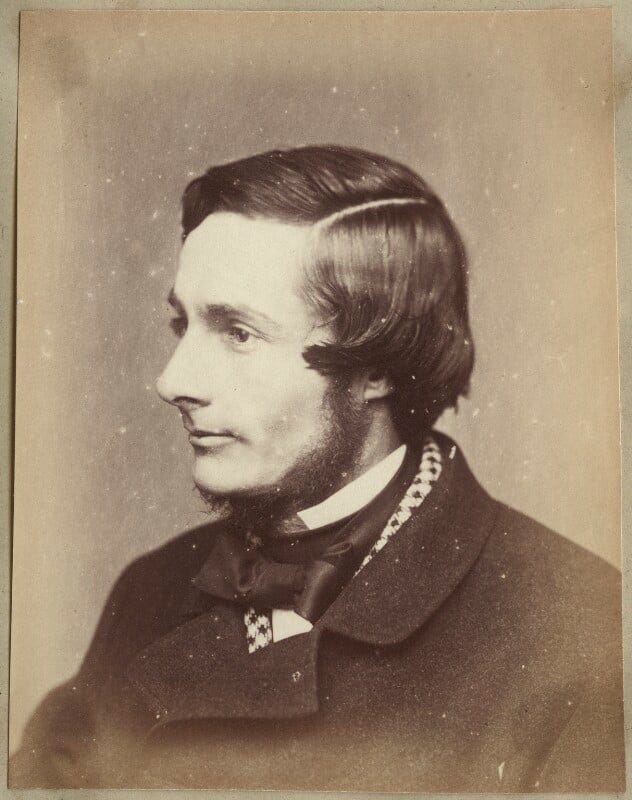
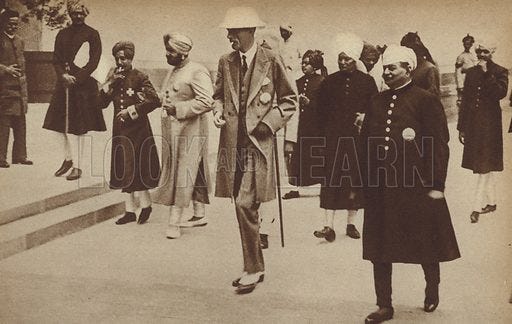
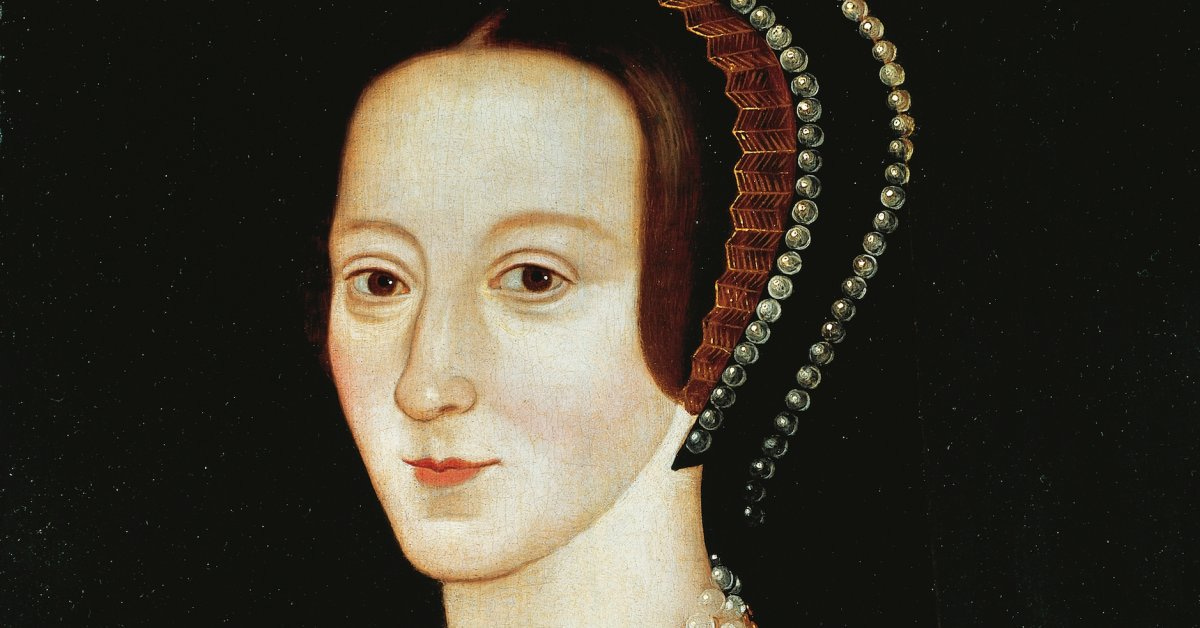
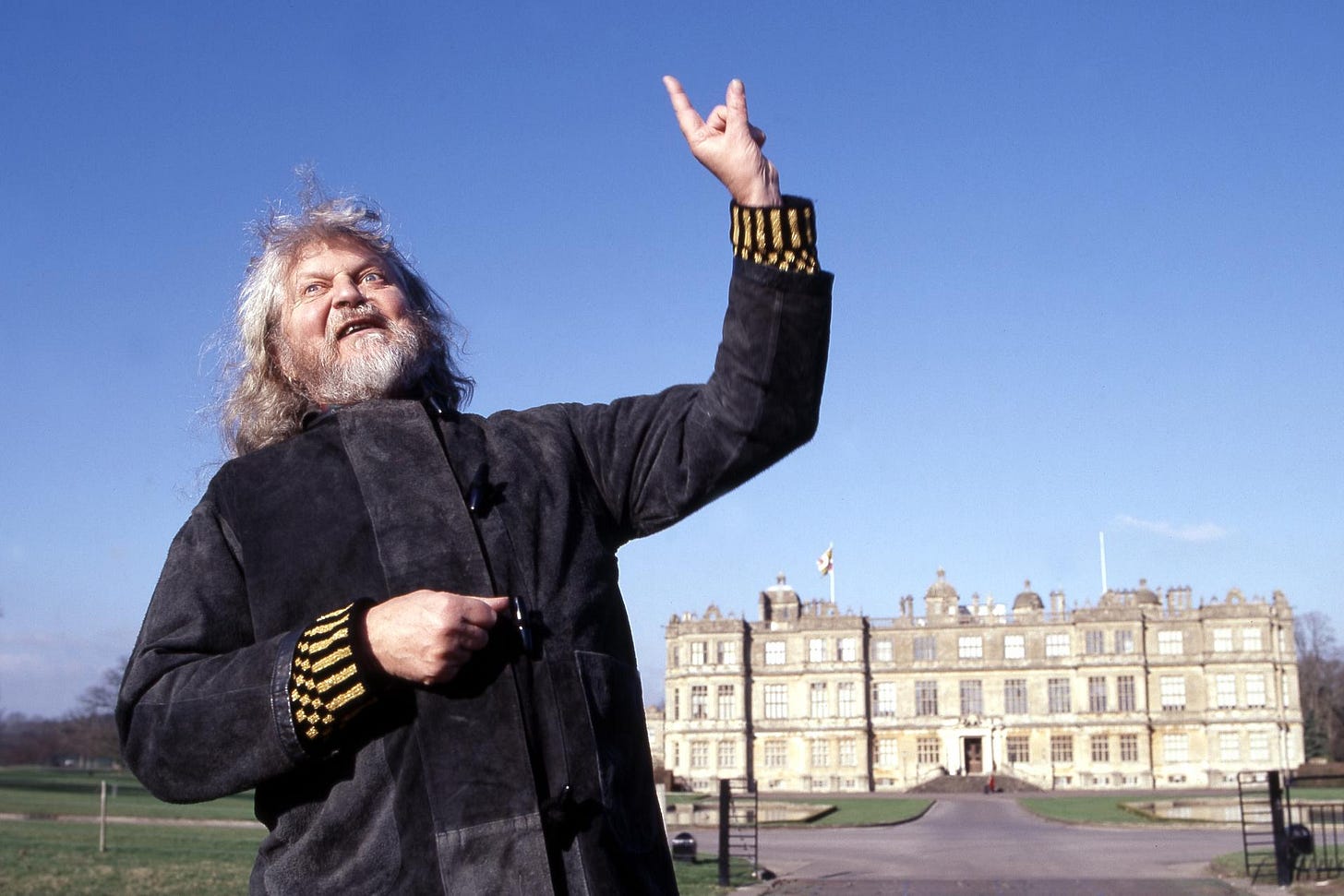

As ever, an education. Always entertaining too.